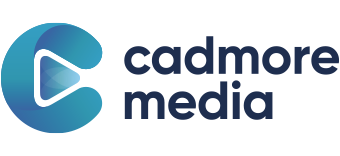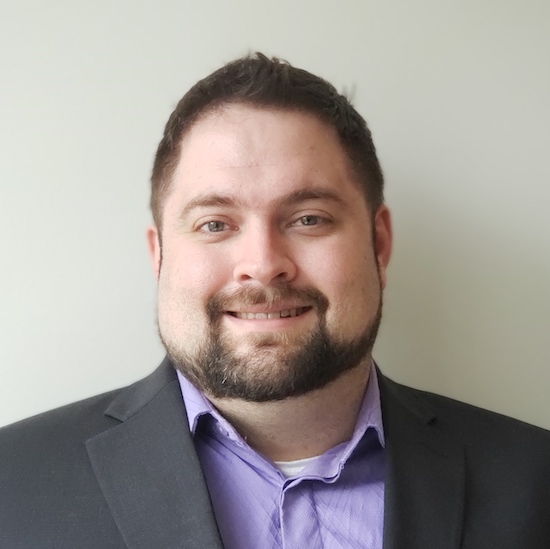What inspired you to start Cadmore with your colleagues?
I am an entrepreneur by nature. This is the 4th business venture I have been a part of starting, and I’ve also done non-business ventures such as a podcast for several years and two conventions. Being a part of starting something new is exciting (and tiring!), but I’ve got the personality for it and the will to create new things. Cadmore had a sound business plan between the co-owners, and this was a great opportunity to start something new that has the potential to be life changing, both for myself but also for the scholarly community we are serving.
Has anything surprised you this year?
Tongue in cheek, if anyone made it through 2020 without surprises, I’d like to know which desert island they are on so I can get a time share! The pandemic definitely about-faced our business focus as so many societies had to cancel their in-person conferences and move to the virtual conference space. We were focused on content, typically around supplementary video to articles or hosting video library and projects, but the need was so great for conference support, we decided to chip in to support societies as they navigated the deep waters of virtual conferencing. We’ve been part of that, as suddenly the usage of video for virtual communication has come forward in a big way. In fact, one of our most flexible features right now, the Live Screening, was borne from that as a way for presenters to pre-record their talks rather than risking “live.” All of 2020 was a surprise!
What is your biggest challenge at this stage of the business?
Starting any new business is rife with challenges, and Cadmore is still very young and growing, and navigates all those things from growth, to employment, to product refinement and all the challenges all small businesses face. I typically view all of these challenges as ancillary to the real challenge, which is providing not only a great solution for clients but also a solution that truly works and fits their needs. Making sure every client gets something that really works for them and not just something that half works and half frustrates is the goal. No society or publisher is the same. This is an old adage that one size does not, in fact, fit all, but from a technical solutions standpoint, the industry at large that serves societies has a long way to go to recognize that you can’t just plug everyone in to the same system and expect a high level of excellence in results. So, ultimately, my biggest challenge is in fact my only challenge, which is providing clients with something that really works and that we are proud of, each and every time. (I take an enormous amount of pride in a job well done, if you can’t tell!) (It’s one of the things we and our clients love about Neil! – Ed.)
What are you most excited about right now?
Two things. Making video a first-class communication tool for the scholarly space. Second, showing this industry that there is at least one technical solutions company that takes their work as seriously as they do and genuinely cares about their success; doing what it takes to get there. The former is why Cadmore exists. The latter comes from years of working in the technology space and realizing that tech is only half the solution for any problem.
What does the future of video in this space look like?
Cadmore exists to create a future in which video is a first class citizen in scholarly communication. It’s a future in which video is enriched to the point where it provides as much value as articles, and even more so, where the capabilities of video as a communication medium can perform in ways that traditional publications cannot. This looks like continued work and research into enrichment of video and video presentations to make it operate even as a replacement for text articles and submissions. This will involve increased use of editorial workflows around video, artificial intelligence to provide transcriptions, translations, keywords, tagging, segmenting, and tying up the loose ends that often makes video hard to do. The pandemic has created a world in which everyone suddenly had to become a camera expert to make Zoom (or Teams or Webex… etc.) work well, and demonstrated that you can in fact produce really good material, especially as seen in the conference space, that can supplement or replace texts, talks, and so on. So, the future for video in this space is to grow up from Youtube and into something that makes the medium shine for publishers and societies.
Other things we know about Neil but for some reason didn’t come up in this interview: He’s a black belt in karate and owns a studio; he is a former tabletop gaming podcaster and national tournament competitor; and he created his own board game, The War for Indagar.

